The western states have produced massive amounts of placer gold since the 1848 discovery of gold at Coloma, California. Placer districts throughout the West were heavily mined almost continuously for over a century by a variety of methods.
Despite this previous activity, there is still plenty of gold to be discovered. Thousands of gold placer claims are maintained in every state, evidence that there is still gold to be discovered, and in many cases is being actively mined.
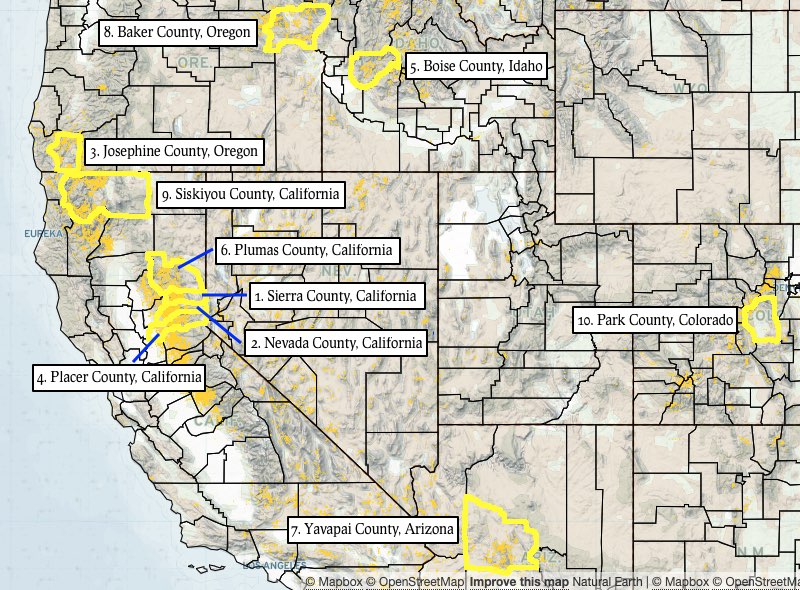
Evaluating the top counties on the potential for gold discovery can be done by looking at several important factors – historical production, modern mining activity, availability of water, and land being open to prospecting. One way to evaluate all these factors at once is to simply follow the footsteps of the modern experts in this field – the miners and prospectors that are already finding gold.
How do we know where the experts are finding gold today? By looking at where the gold-related placer claims are most common. WMH has analyzed 2020 placer claim data and determined what US counties have the highest density of placer claims by land area.
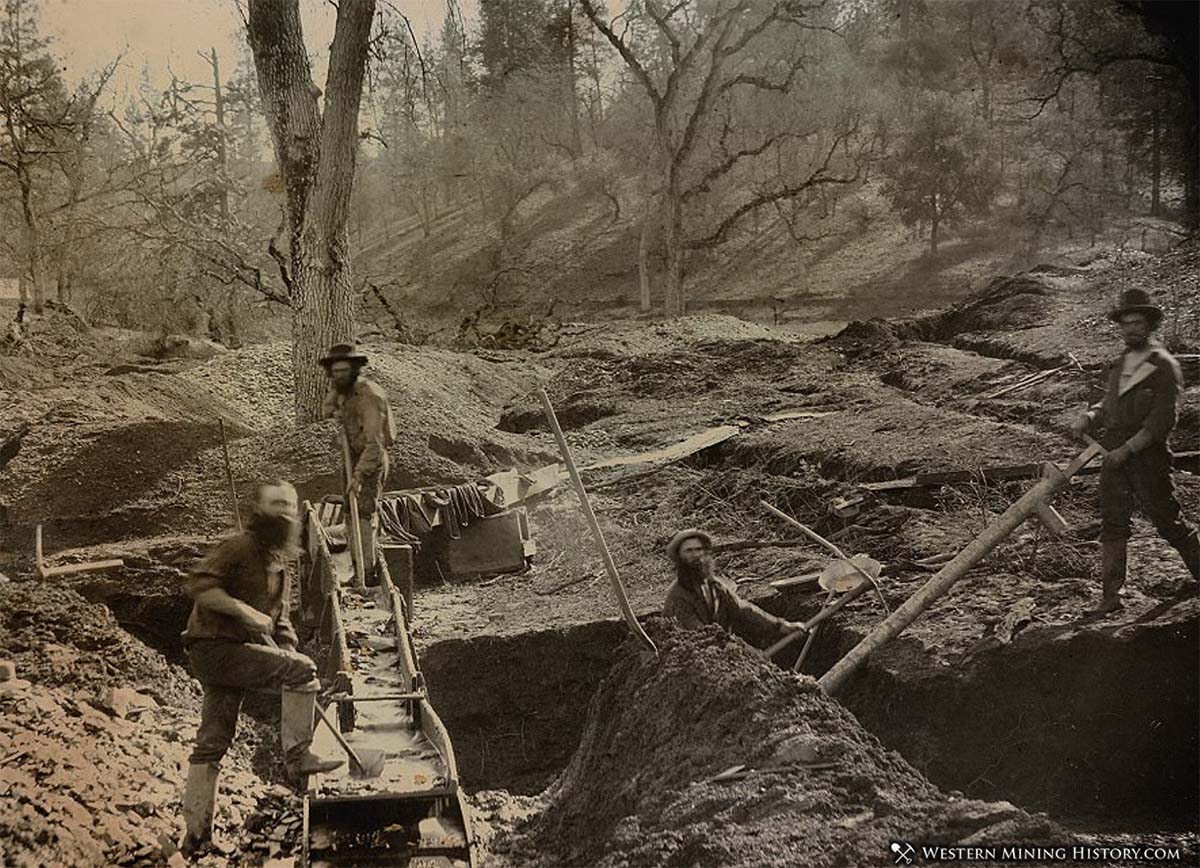
Plotted on the maps are gold mines (gold dots), mining towns (green dots), and PLSS section centers (black, orange, and red dots) for sections that contain active placer claims. The placer claim dots are color coded by the number of claims in that section – black dots: 1-7 placer claims per section, orange dots: 8-14 placer claims per section red dots: 15 or more placer claims per section.
The Top Ten Counties For Finding Gold
These are the top ten US counties for gold discovery potential, ranked by density of active gold-related placer claims.
1. Sierra County, California
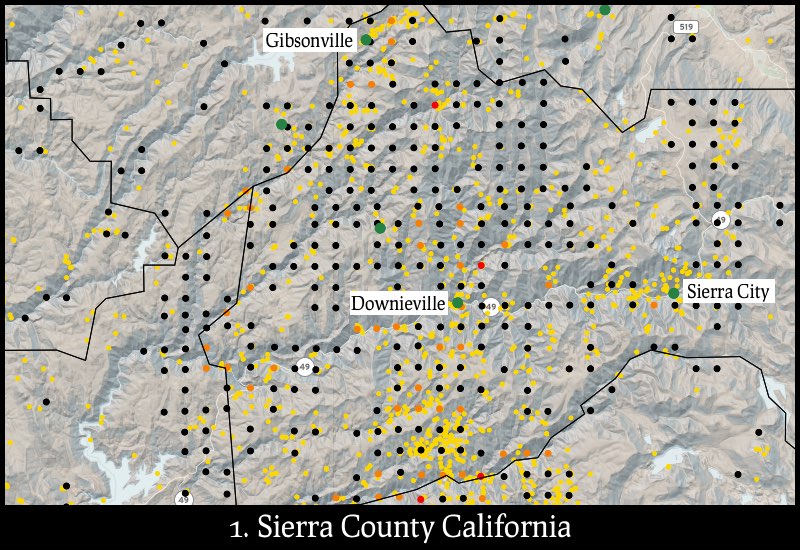
Sierra County, California is the only county in America that has more active placer mining claims than square miles of land area. With 992 active placer claims and a land area of 962 square miles, Sierra County has a ratio of claims to land area of 1.091, the highest score in this list.
Related: Where to Find Gold in California
Sierra County is in what geologists call the Sierra Nevada geomorphic province, which is California’s premier gold mining region. Historical placer mining in this region yielded millions in gold since the 1849 California Gold Rush, although much of this mining occurred before records were kept so the amount of placer gold taken from Sierra County is not precisely known.
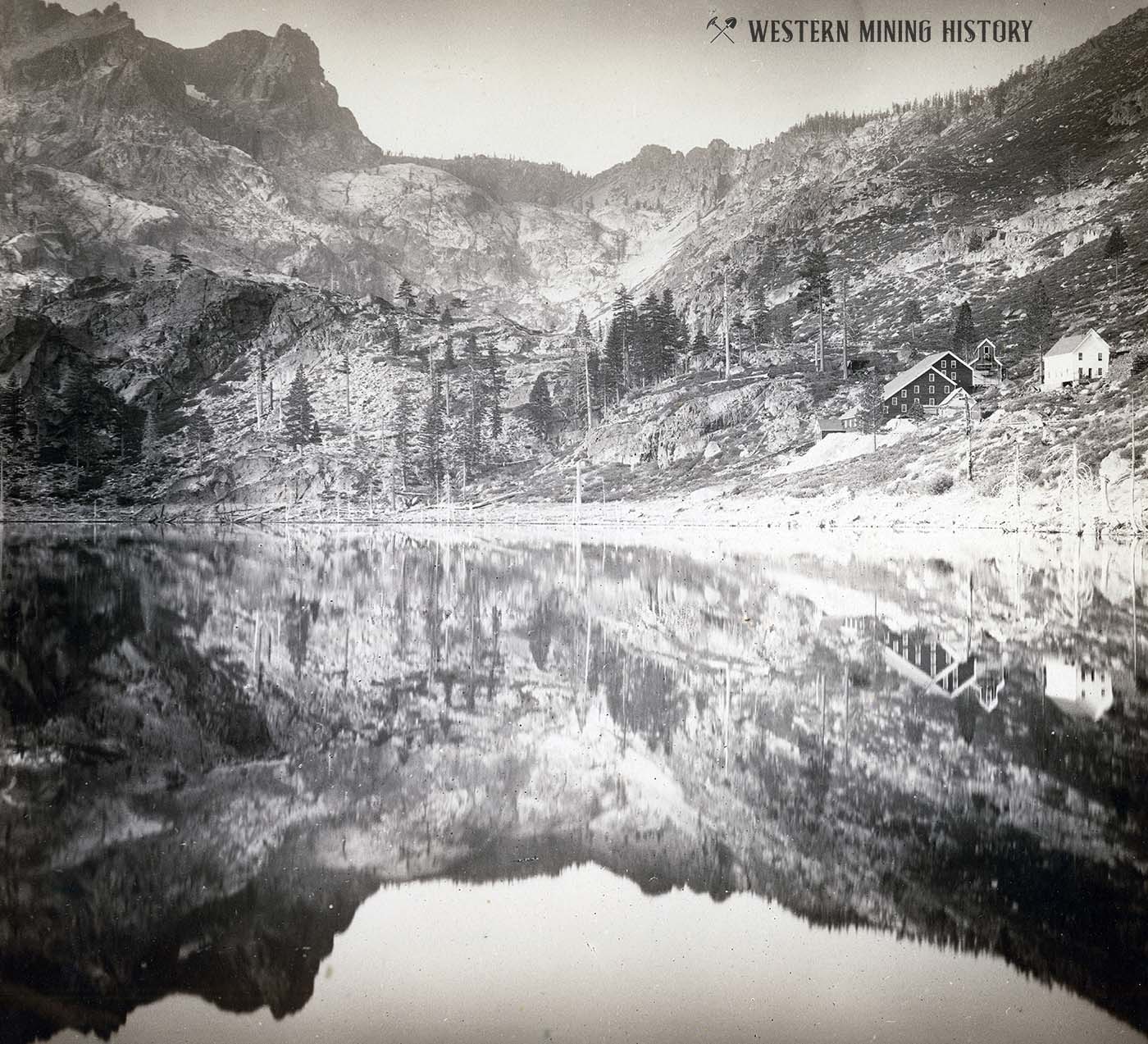
What is known is that Sierra County was one of the nation’s richest placer mining regions, and continues to be a prime gold prospecting location to this day.
Sierra County is also the location of some of the largest gold nuggets ever discovered. Some examples are two nuggets with weights of 426 and 532 ounces that were discovered in the 1850s at French Ravine (south of Downieville in the Alleghany District), and a 25 pound nugget found at Downieville in 1850.
With large gold nuggets still being discovered in California in recent years, Sierra County is a fantastic area for both metal detecting and gold prospecting adventures.
2. Nevada County, California
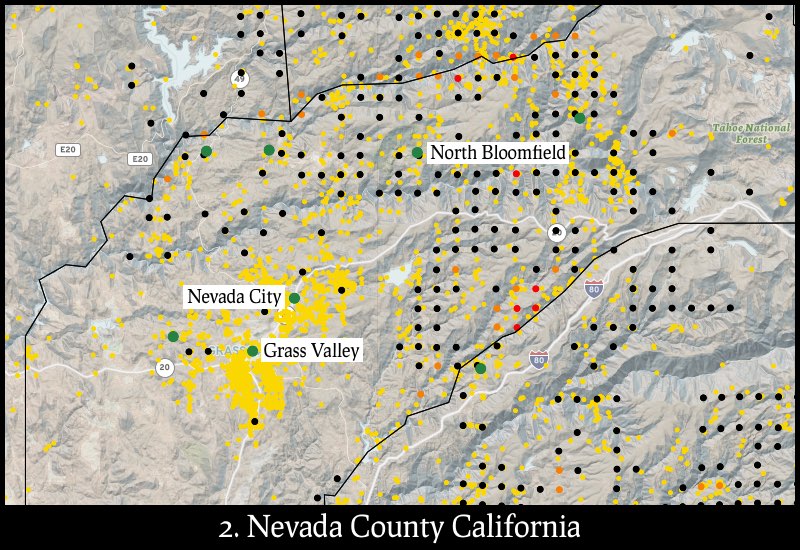
With 611 active placer claims and a land area of 974 square miles, Nevada County has a ratio of claims to land area of .6273, the second highest score in this list.
Like Sierra County to the north, Nevada County is a major historical gold region in the Sierra Nevada province. Most modern placer activity is occurring east of the major lode mining districts around Nevada City and Grass Valley.
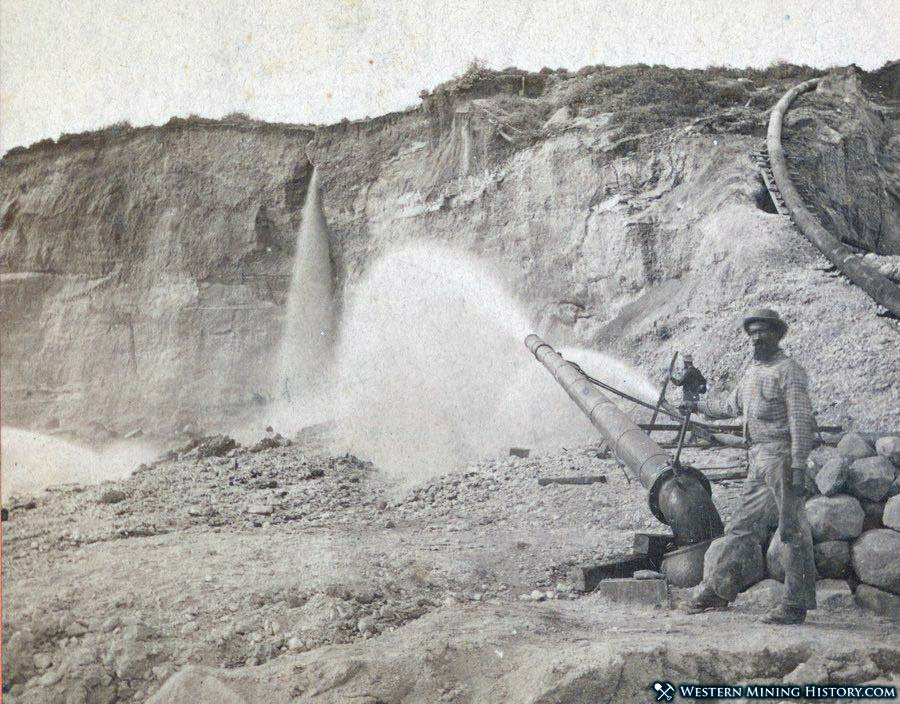
Note the numerous red an orange dots on the map, indicating areas with numerous modern placer claims. A couple examples of areas with high gold discovery potential are Moore’s Flat district in the northern part of the county and the Lowell Hill district in the southern part of the county.
Nevada County has also been the location of large gold nugget discoveries, including a 107 ounce nugget discovered around 1869.
3. Josephine County, Oregon
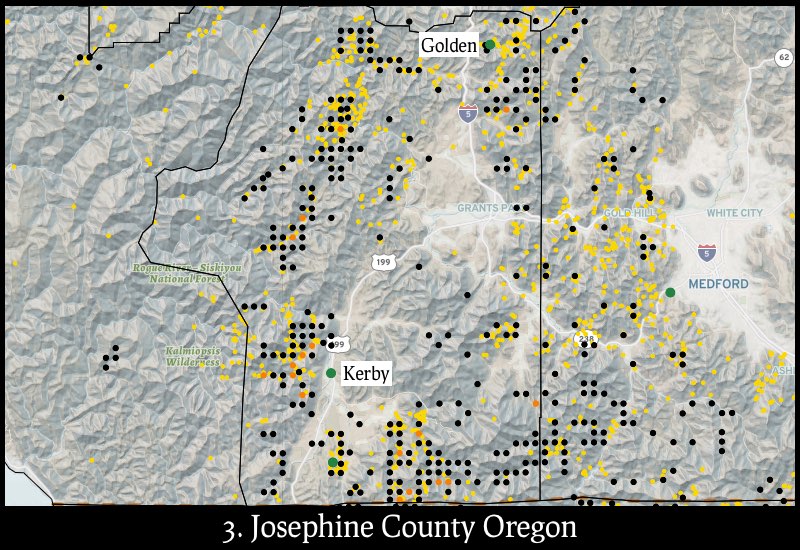
With 699 active placer claims and a land area of 1,642 square miles, Josephine County has a ratio of claims to land area of .4275, the third highest score in this list.
Related: Where to Find Gold in Oregon
Josephine County is part of the Klamath Mountains province of southern Oregon. This is Oregon’s oldest gold region, with initial discoveries in 1850 followed by a rush of prospectors in late 1851 and 1852.
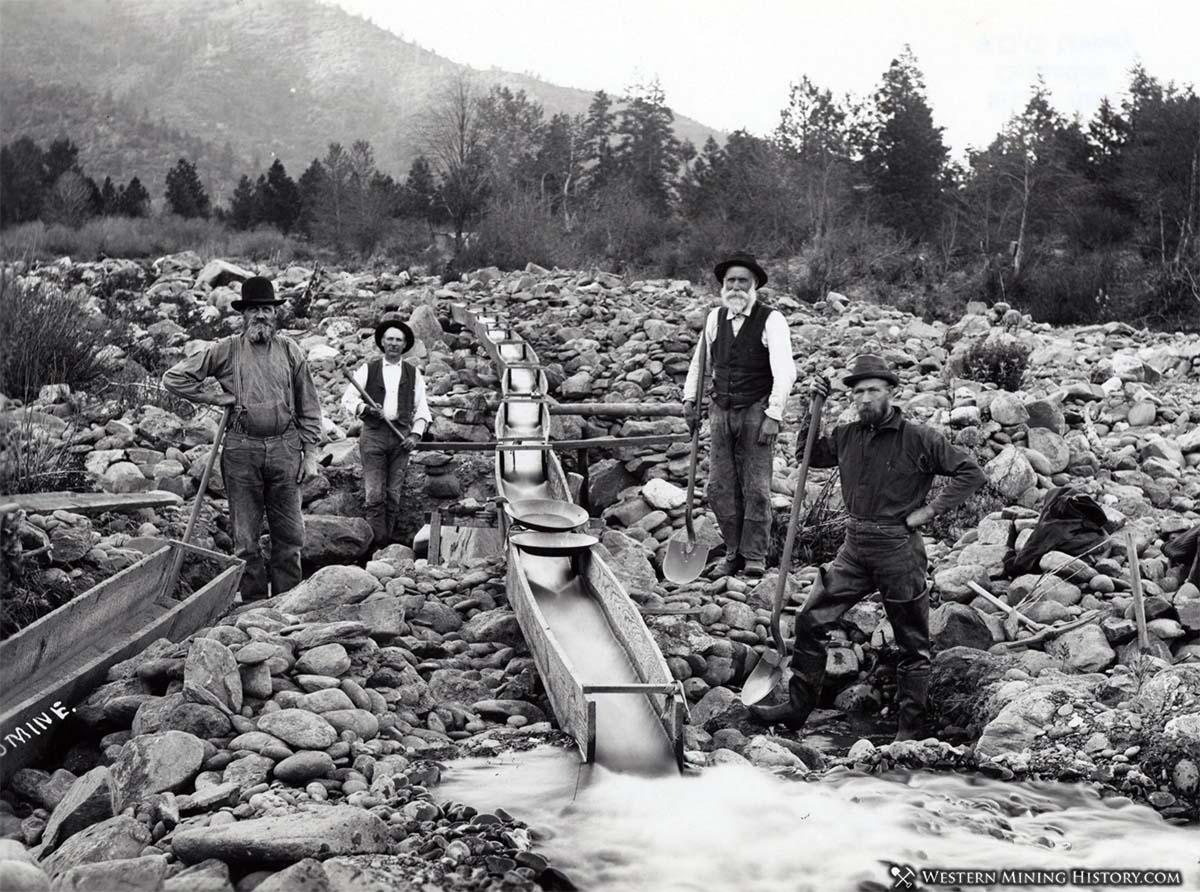
Tens of millions of dollars in gold have been mined in Josephine County in the over 150 years since the first discoveries. Despite this extensive past activity, mining is still conducted throughout the county, although on a much smaller scale than in previous decades.
Josephine County’s rugged terrain, numerous gold mines, and extensive alluvial deposits ensure that much gold remains to be discovered. Active mining claims are spread throughout the county, but the highest claim densities are in the ravines west of Kerby, and southeast of Waldo near the California border.
4. Placer County, California
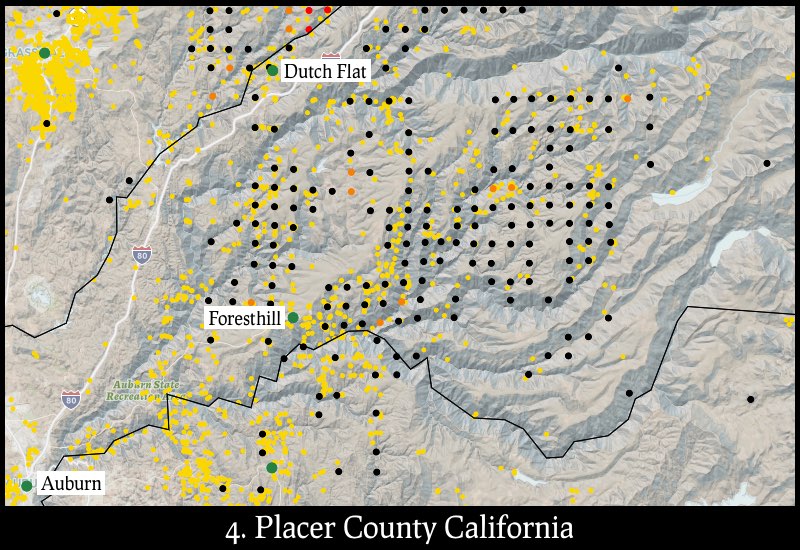
With 459 active placer claims and a land area of 1,502 square miles, Placer County has a ratio of claims to land area of .3056, the fourth highest score in this list.
Placer County is another core gold county from California’s Sierra Nevada province. Like other counties in this province, this is big gold nugget country. One nugget discovered at Michigan Bluff in 1864 weighed in at 226 ounces.
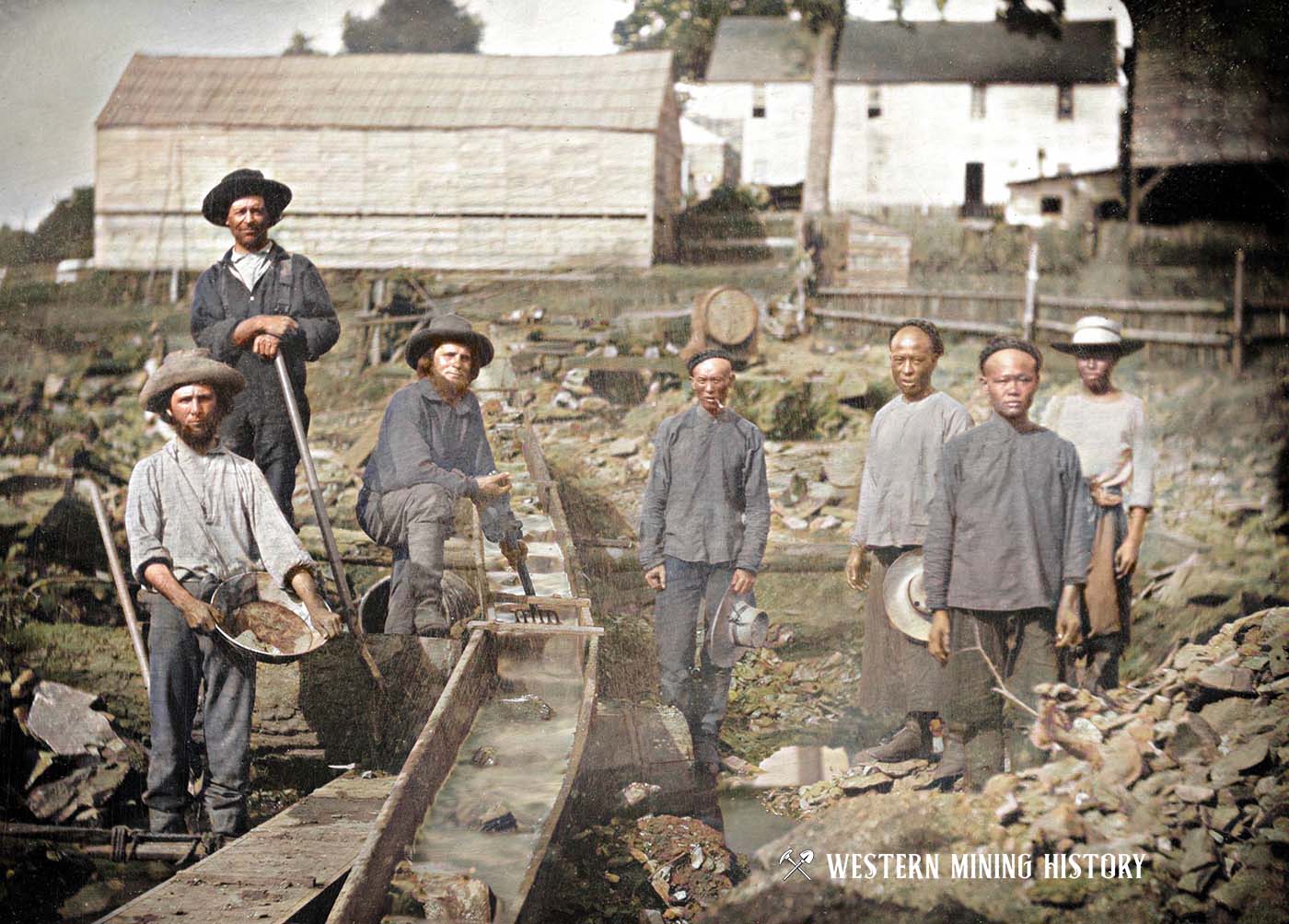
Modern placer claims are most concentrated in the remote and mountainous region in the center of the county near places like the mining ghost towns of Last Chance and Michigan Bluff.
5. Boise County, Idaho
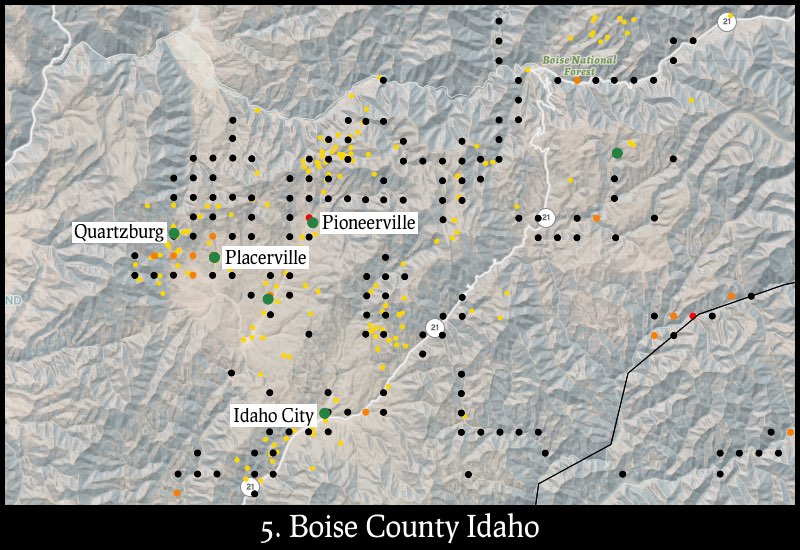
With 547 active placer claims and a land area of 1,907 square miles, Boise County has a ratio of claims to land area of .2868, the fifth highest score in this list.
Related: Where to Find Gold in Idaho
The 1862 rush to Boise Basin was the largest rush since the California Gold Rush of 1849. The gold placers here were extremely rich, and by 1864 Idaho City had become the largest city in the Pacific Northwest. Tens of millions of dollars in placer gold was recovered in Boise County through 1890.
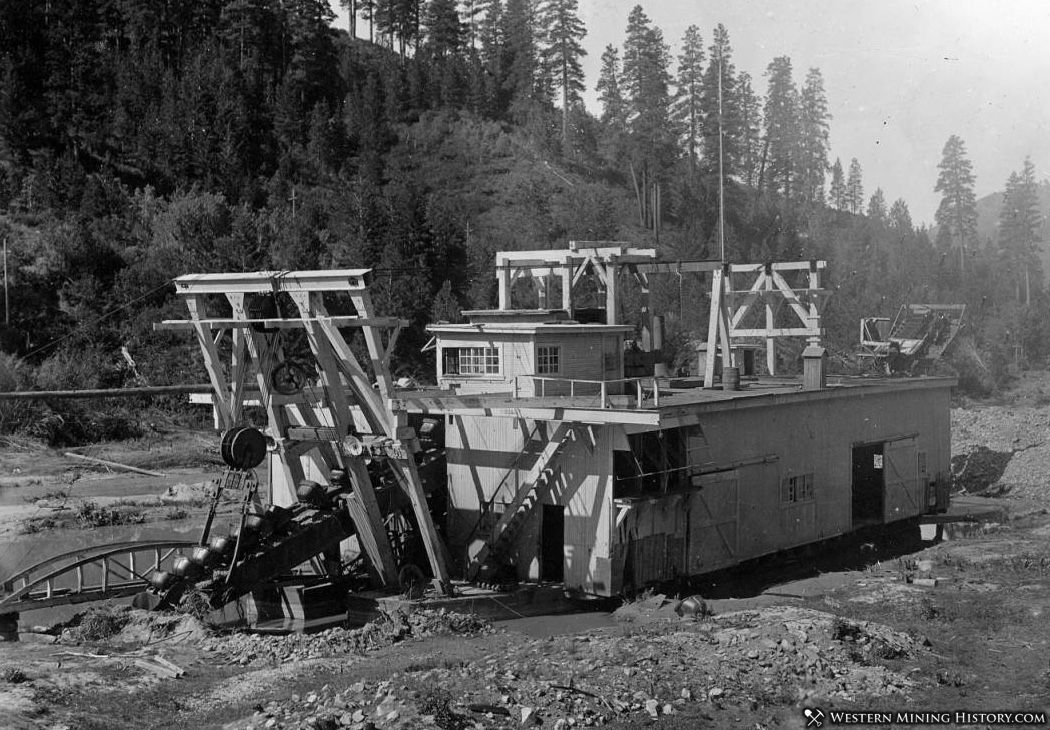
While Boise Basin had plenty of gold, what it lacked was a regular supply of water. Much of the historical gold mining occurred in the spring when winter snows provided the water needed for placer mining. Lack of water remains a challenge today, but the numerous active placer claims in the area attest to the fact that gold mining remains a viable activity in Boise County.
Modern mining activity is most concentrated around the historical gold towns of Quartzburg, Placerville, and Pioneerville, although claims are held in numerous locations throughout the county.
6. Plumas County, California
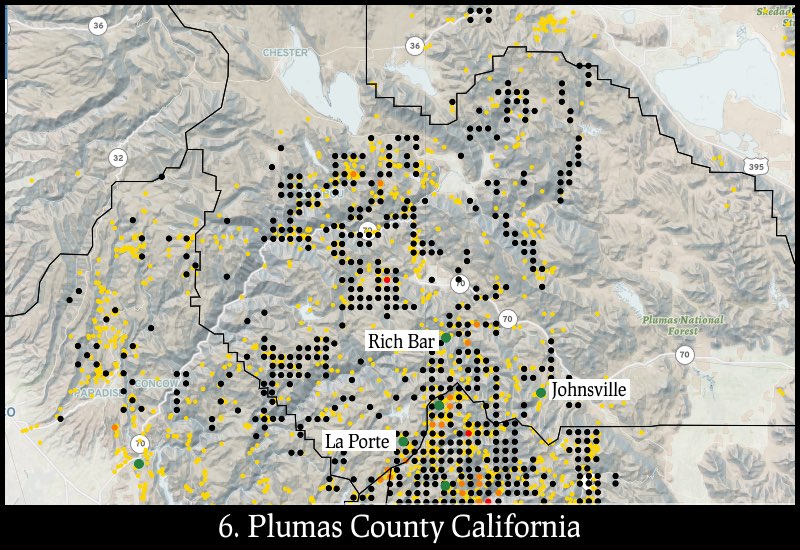
With 704 active placer claims and a land area of 2,613 square miles, Plumas County has a ratio of claims to land area of .2694, the sixth highest score in this list.
Plumas County is the location of the Feather River and its many tributaries, one of the state’s most famous placer mining locations.
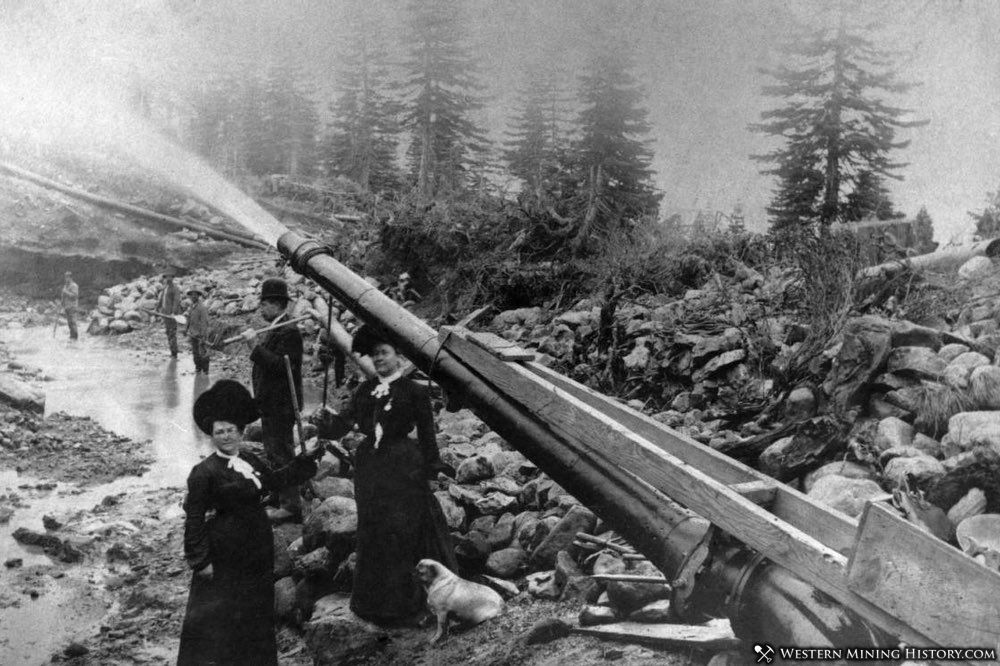
Placer gold has been mined here for well over 150 years but there is still much gold to be discovered. The extensive alluvial deposits of the area are constantly being shifted and washed downstream by the tireless flow of water from the mighty Sierra mountains, unearthing gold-rich gravels that were previously undiscovered.
As the map above illustrates, placer claims are spread throughout much of the county. The aptly-named Rich Bar district, and the not-so-aptly named Butt Valley district are two of Plumas County’s many areas with high potential for gold discovery.
7. Yavapai County, Arizona
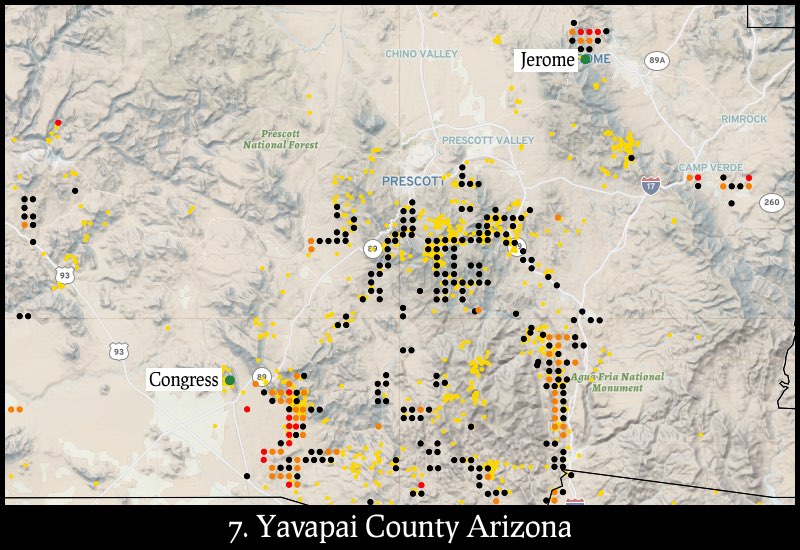
With 1,980 active placer claims and a land area of 8,128 square miles, Yavapai County has a ratio of claims to land area of .2436, the seventh highest score in this list.
Related: Where to Find Gold in Arizona
Yavapai County is Arizona’s top county for gold production. Although the largest share of this gold came as a byproduct of rich copper ores at Jerome, the county also has a long history of placer mining and has hundreds of gold lode mines.

Unlike the placer districts of California or Oregon, Yavapai County lacks significant amounts of water at most mining locations. This will necessitate dry washing or panning, or hauling in your own water for limited use. These limitations make metal detecting a popular activity in Yavapai County.
The Bradshaw Mountains south of Prescott are a popular location for gold prospecting and metal detecting.
The Lynx Creek Day Use Area is a popular recreational prospecting area. Several miles of Lynx Creek are withheld open to the public for panning and metal detecting.
8. Baker County, Oregon
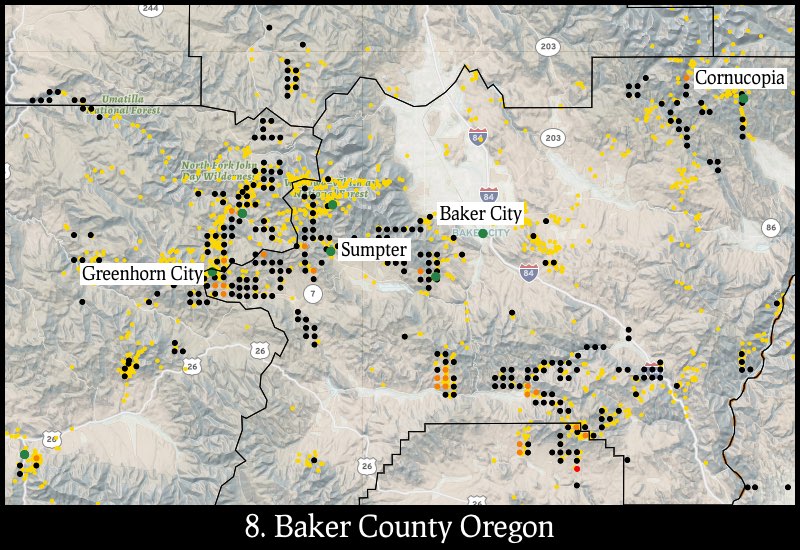
With 551 active placer claims and a land area of 3,088 square miles, Baker County has a ratio of claims to land area of .1784, the eighth highest score in this list.
The Blue Mountains of northeast Oregon are the state’s leading gold mining region, having produced approximately three-fourths of the state’s gold. Much of this gold was produced from lode mines but placer mining and dredging were also significant producers in Baker County.
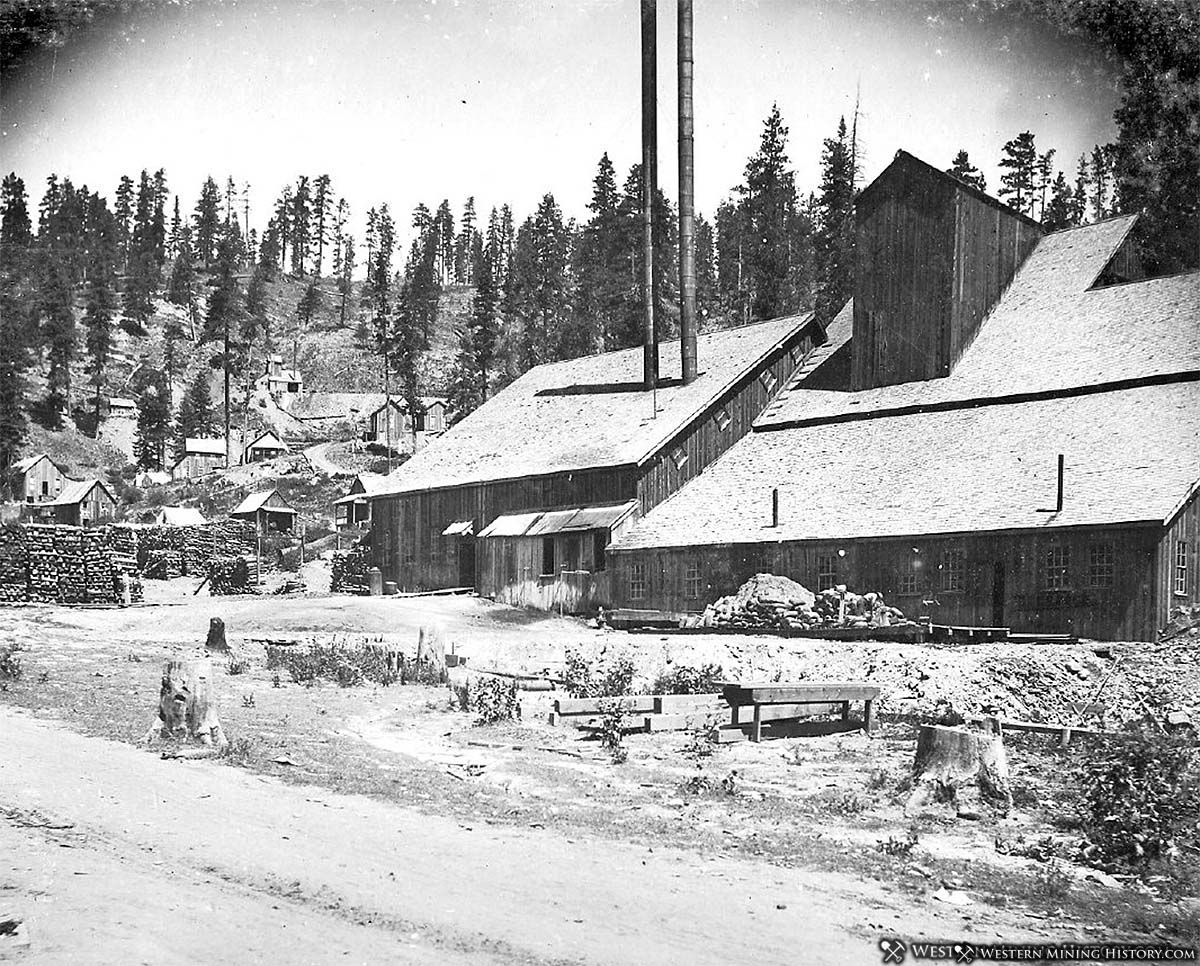
The first great rush to this area was to the town of Auburn in 1862. Placer gold discoveries here led Auburn to become a major city of around 5,000 people in a matter of months. Once the easy placer gold ran out, the miners moved on and Auburn became a ghost town.
Today placer mining is still an active industry in Baker County, although on a much smaller scale than during the boom years of the late 1800s. The areas around the old mining camps of Sumpter, Greenhorn City, and Auburn have the highest placer claim densities in the county.
9. Siskiyou County, California
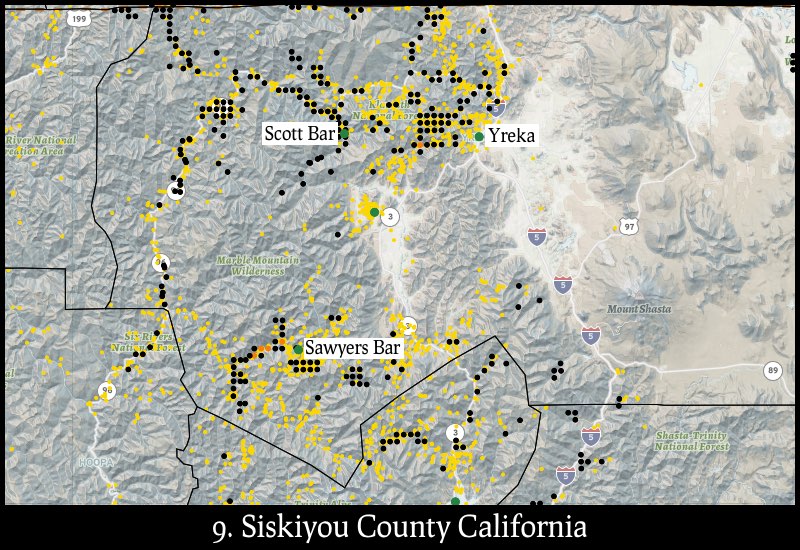
With 932 active placer claims and a land area of 6,347 square miles, Siskiyou County has a ratio of claims to land area of .1468, the ninth highest score in this list.
Siskiyou County is likely getting shortchanged by the methodology used in this report, as the rich river placers of the western part of the county have a very large number of claims, but the claim density is driven down by the relatively large overall size of the county.
Regardless of how the math lands Siskiyou County on this list, know that this is an important placer mining region and should be at the top of any prospective prospector’s list of potential locations.
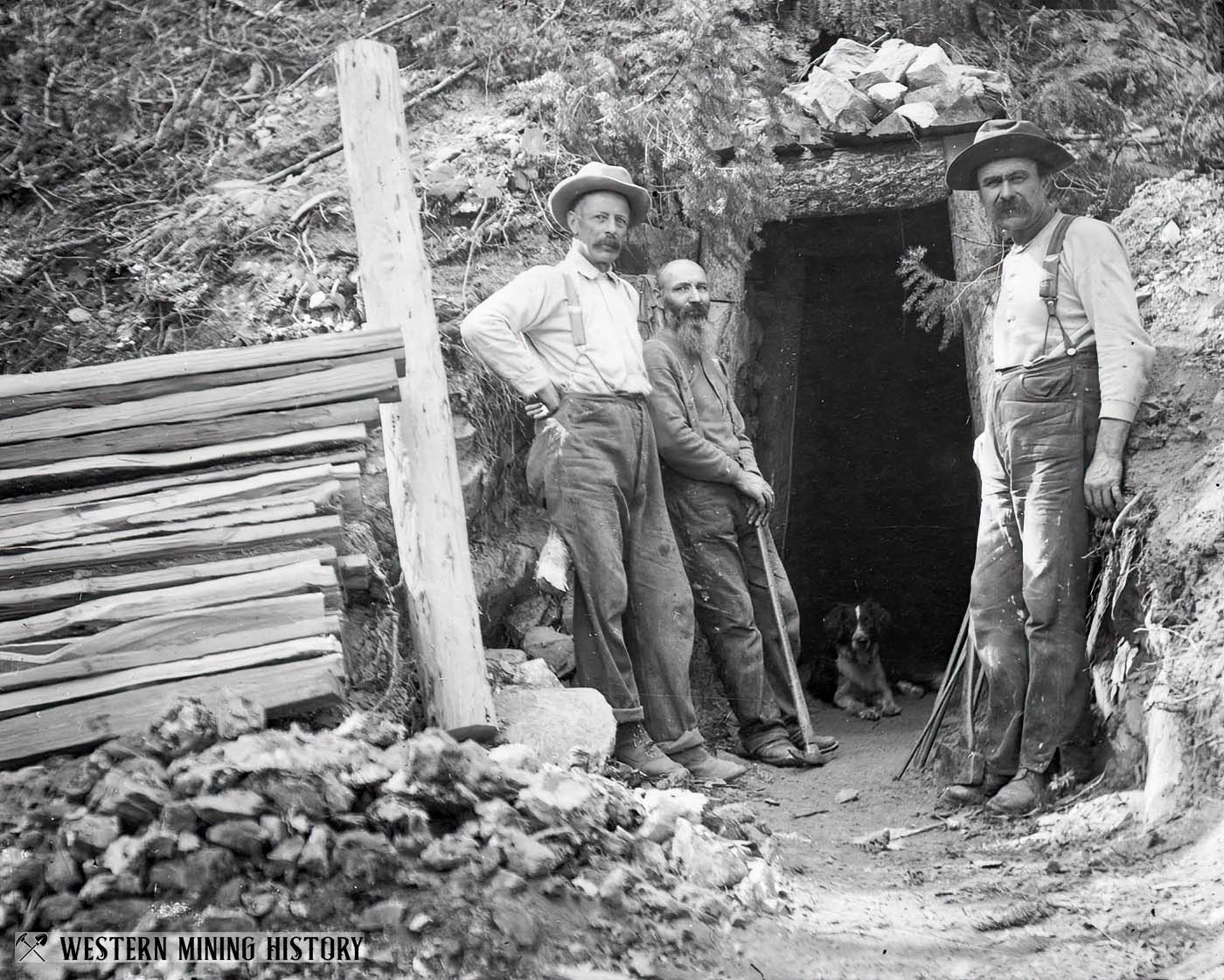
Siskiyou County differs from many western mining regions in that the majority of the gold produced here was from placer mining rather than lode mining. This is part of the same Klamath Mountain province that is home to Josephine County, Oregon to the north, our number three county on this list.
Like Josephine County, Siskiyou County is characterized by rugged terrain, extensive river systems, and widespread gold occurrences. This largely rural county has been a prominent placer mining region since the 1850s.
The Salmon, Scott, and Klamath Rivers are the primary gold areas, with heavy mining claim activity to the west of Yreka and around the old mining towns of Scott Bar and Sawyers Bar.
10. Park County, Colorado
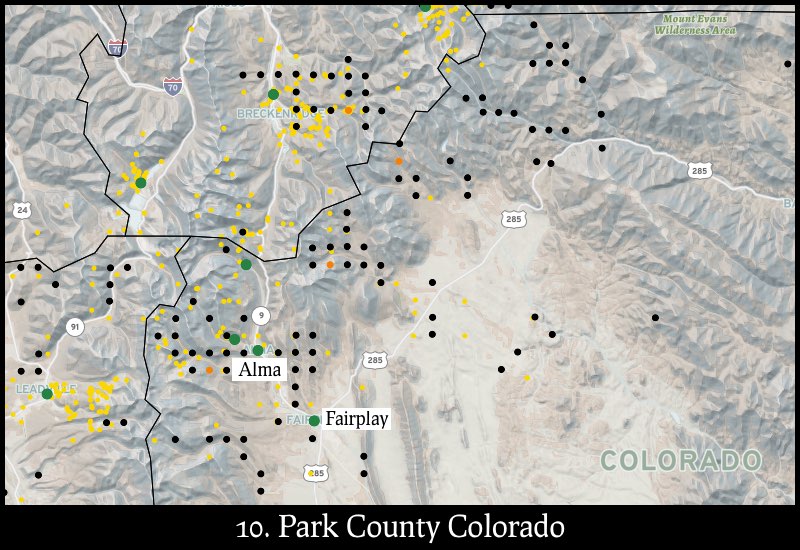
With 277 active placer claims and a land area of 2,211 square miles, Park County has a ratio of claims to land area of .1253, the tenth highest score in this list.
Placer gold was discovered in Park County in 1859, one of the earliest discoveries in Colorado. Most of the placer gold has come from the Fairplay, Tarryall, and the Alma districts in the northwest part of the county along the east slope of the Mosquito Range.
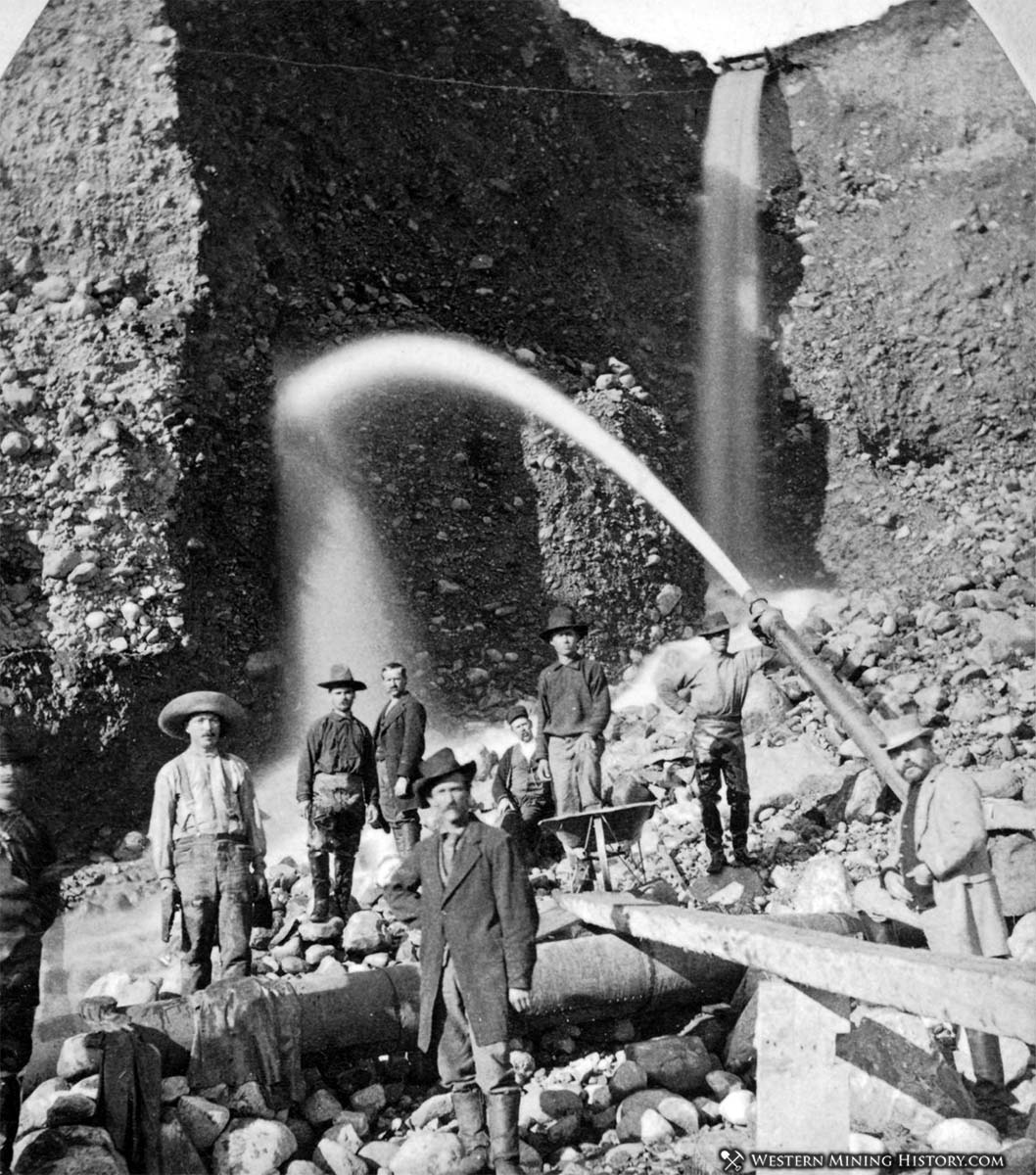
Park County is famous in recent years as the location of the popular television show “Gold Rush” which documents the trials and tribulations of modern placer miners.
Conclusion
The examination of modern placer claim density in combination with historical mine locations and mining district histories provides important insights as to where the potential for gold discovery is most favorable for independent prospectors and hobbyists.
Note that it is illegal to mine or prospect on existing claims, but there is still plenty of unclaimed land, even in these gold-rich counties. Be sure to check local offices of the BLM or Forest Service for mining regulations in the areas you are interested in.
The Top Ten Gold Producing States

These ten states contributed the most to the gold production that built the West from 1848 through the 1930s. Read more at The Top Ten Gold Producing States.